Home>Home Appliances>Laundry Appliances>How To Wash Pillows In The Washing Machine
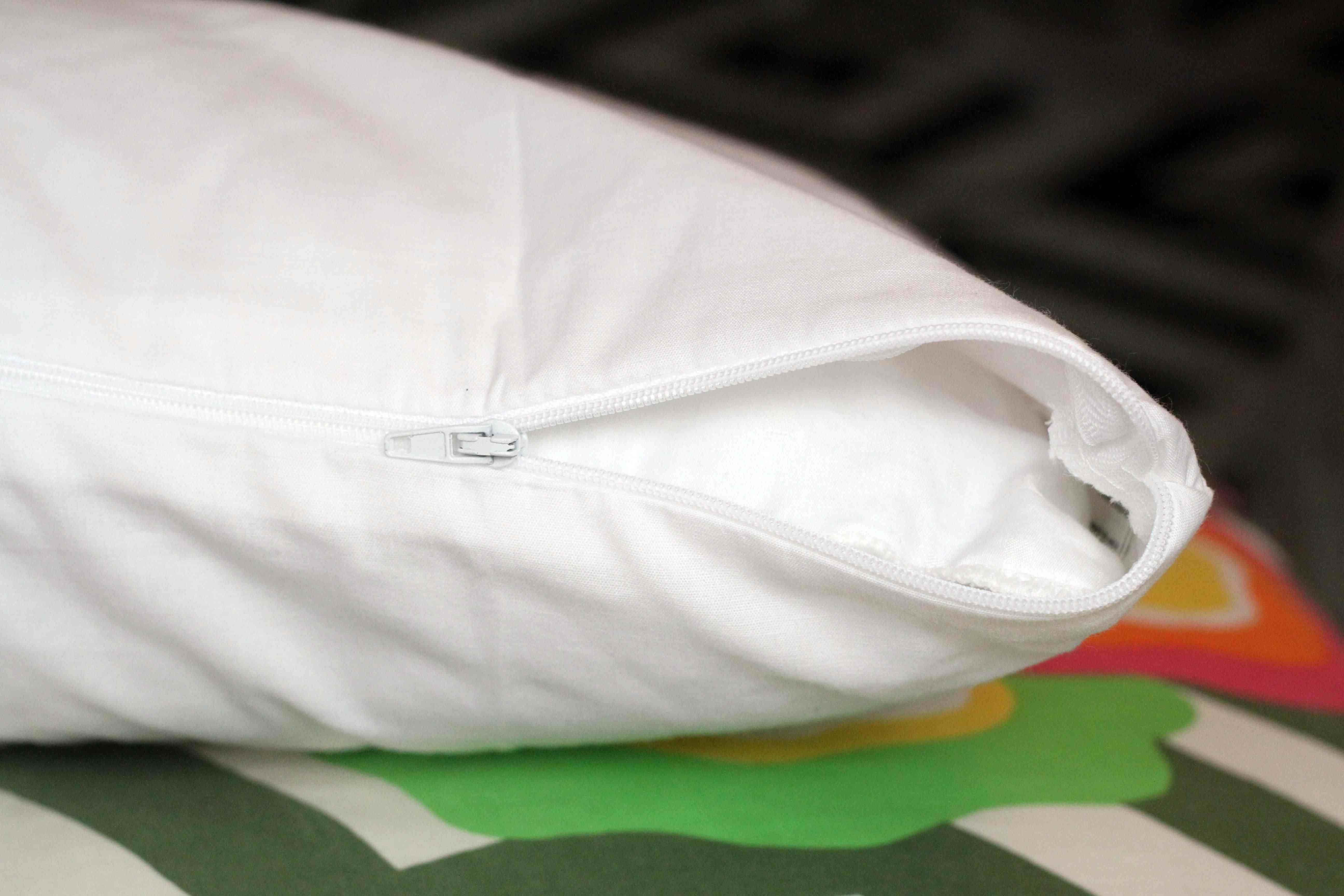

Laundry Appliances
How To Wash Pillows In The Washing Machine
Published: February 21, 2024
Learn how to properly wash pillows in the washing machine with our expert laundry appliance tips. Keep your pillows clean and fresh with our easy step-by-step guide.
(Many of the links in this article redirect to a specific reviewed product. Your purchase of these products through affiliate links helps to generate commission for Storables.com, at no extra cost. Learn more)
Introduction
Washing pillows in a washing machine is a simple yet effective way to keep them clean, fresh, and free from allergens. Over time, pillows can accumulate dust, sweat, body oils, and other residues that may affect their cleanliness and comfort. By regularly washing your pillows, you can maintain a hygienic sleeping environment and extend the lifespan of these essential bedding accessories.
In this comprehensive guide, we will explore the step-by-step process of washing pillows in a washing machine. From checking the care label to selecting the right detergent and setting the washing machine, we will cover everything you need to know to achieve optimal results. Whether you have synthetic, down, or memory foam pillows, this guide will provide valuable insights to help you effectively clean and maintain them.
By following the recommended washing instructions and using appropriate cleaning products, you can revitalize your pillows and restore their fluffiness and cleanliness. Additionally, we will discuss the importance of proper drying methods to ensure that your pillows are thoroughly dried without damaging the filling material.
As we delve into the details of washing pillows in the washing machine, it's important to note that regular cleaning not only enhances the appearance and comfort of your pillows but also contributes to a healthier sleeping environment. Dust mites, bacteria, and allergens can accumulate in pillows over time, potentially leading to respiratory issues and skin irritations. Therefore, incorporating pillow washing into your regular cleaning routine can significantly improve the overall hygiene of your bedding.
With this guide, you'll gain the knowledge and confidence to tackle pillow washing with ease, ensuring that your pillows remain clean, fresh, and conducive to a restful night's sleep. Let's embark on this journey to discover the best practices for washing pillows in the washing machine and elevating the cleanliness and comfort of your bedding essentials.
Key Takeaways:
- Regularly washing pillows in the washing machine helps maintain a clean and hygienic sleeping environment, extending the lifespan of pillows and preventing allergen buildup for a healthier sleep.
- Before washing pillows, check the care label for specific instructions, pre-treat stains, select the right detergent, and set the washing machine to a gentle cycle for optimal cleaning results.
Checking the Care Label
Before embarking on the process of washing pillows in the washing machine, it is crucial to start by checking the care label attached to the pillows. The care label provides essential information regarding the recommended cleaning methods, including specific instructions and precautions to ensure that the pillows are washed in a manner that preserves their quality and integrity.
The care label typically contains valuable details such as the material composition of the pillows, specific washing instructions, and any additional care recommendations. It is important to carefully review this information to determine whether the pillows are suitable for machine washing or if they require alternative cleaning methods.
When examining the care label, take note of any symbols or written instructions that indicate the appropriate washing temperature, whether machine washing is permitted, and any specific precautions to be observed. For instance, some pillows may have a "dry clean only" label, indicating that they should not be washed in a washing machine.
Additionally, the care label may provide insights into the type of filling material used in the pillows, such as down, synthetic fibers, or memory foam. This information is valuable in selecting the appropriate washing cycle and detergent to ensure that the pillows are cleaned effectively without compromising their structure or comfort.
In cases where the care label is missing or illegible, it is advisable to refer to the manufacturer's website or contact their customer support for detailed care instructions. By adhering to the guidelines specified on the care label, you can proceed with confidence, knowing that you are following the recommended cleaning approach tailored to the specific characteristics of your pillows.
By meticulously examining the care label and understanding the manufacturer's recommendations, you can make informed decisions regarding the most suitable cleaning methods for your pillows. This attention to detail ensures that the pillows are treated with care and consideration, setting the stage for a successful washing process that preserves their quality and prolongs their usability.
In the next section, we will delve into the process of removing stains and odors from pillows, addressing common issues that may impact their cleanliness and comfort.
Removing Stains and Odors
When preparing to wash pillows in the washing machine, addressing stains and odors is a crucial step in restoring their freshness and cleanliness. Over time, pillows can accumulate various stains, including sweat marks, body oils, and spills, which may contribute to unpleasant odors and affect their overall appearance. By implementing targeted stain and odor removal techniques, you can effectively rejuvenate your pillows and enhance their hygienic qualities.
Pre-Treatment of Stains
Before placing the pillows in the washing machine, it is advisable to pre-treat any visible stains to maximize the effectiveness of the cleaning process. For instance, using a gentle stain remover or a mixture of mild detergent and water, carefully apply the solution to the stained areas and gently rub it in using a soft-bristled brush or cloth. This pre-treatment helps to loosen and lift the stains, preparing the pillows for thorough cleaning during the washing cycle.
Odor Elimination Methods
To combat lingering odors trapped within the pillows, incorporating odor elimination methods can significantly improve their freshness. One effective approach is to sprinkle baking soda directly onto the pillows before washing. Baking soda acts as a natural deodorizer, absorbing and neutralizing odors without causing any damage to the pillow materials. Additionally, adding a small amount of white vinegar to the washing machine can help eliminate odors while also serving as a natural fabric softener.
Read more: How To Bleach Pillows In A Washing Machine
Spot Cleaning for Stubborn Stains
In cases where stubborn stains persist after pre-treatment, targeted spot cleaning can be employed to address these specific areas. Using a mild detergent solution and a soft brush, gently work on the stubborn stains to lift and remove them before proceeding with the washing machine cycle. It is important to exercise caution and avoid aggressive scrubbing, especially for delicate pillow materials, to prevent potential damage during the stain removal process.
Importance of Thorough Odor Removal
Effective odor removal is essential to ensure that the pillows are not only visibly clean but also free from any lingering odors that may affect the sleeping environment. By diligently addressing both stains and odors, you can revitalize your pillows and create a fresh, inviting atmosphere for restful sleep.
By incorporating these stain and odor removal techniques into your pillow washing routine, you can elevate the cleanliness and comfort of your pillows, setting the stage for a successful washing process in the machine. With stains and odors effectively addressed, the next step involves selecting the right detergent to achieve optimal cleaning results.
Selecting the Right Detergent
The process of washing pillows in the washing machine requires careful consideration when selecting the appropriate detergent. The choice of detergent plays a pivotal role in ensuring that the pillows are effectively cleaned without compromising their quality or causing any adverse reactions. When it comes to selecting the right detergent for washing pillows, several factors should be taken into account to optimize the cleaning process and maintain the integrity of the pillow materials.
Considerations for Pillow Material
The first consideration when choosing a detergent is the material composition of the pillows. Different types of pillows, such as down, synthetic, or memory foam, may have specific cleaning requirements based on their material characteristics. For instance, down pillows may benefit from a gentle, non-alkaline detergent to preserve the natural oils in the down clusters, while synthetic pillows may tolerate a wider range of detergent options. Memory foam pillows, on the other hand, require special care, often necessitating a mild detergent to prevent damage to the foam structure.
Allergen-Specific Detergents
For individuals with allergies or sensitivities, selecting hypoallergenic or fragrance-free detergents is essential to minimize the risk of triggering allergic reactions. These specialized detergents are formulated to be gentle on the skin and respiratory system, making them suitable for washing pillows that come into close contact with the face and body during sleep. By choosing allergen-specific detergents, you can create a safer and more comfortable sleeping environment while effectively cleaning the pillows.
Mild and Eco-Friendly Options
Opting for mild and eco-friendly detergents can be beneficial for both the pillows and the environment. Mild detergents are less likely to cause damage to delicate pillow materials, making them suitable for a wide range of pillow types. Additionally, eco-friendly detergents are formulated with biodegradable ingredients that minimize environmental impact, aligning with sustainable cleaning practices. By prioritizing mild and eco-friendly options, you can contribute to a more sustainable approach to pillow washing while maintaining cleaning efficacy.
Avoiding Harsh Chemicals
It is important to steer clear of detergents containing harsh chemicals, such as bleach or strong optical brighteners, as these can potentially damage the pillow materials and compromise their structural integrity. Harsh chemicals may also leave residues that could irritate the skin or cause discomfort during use. By opting for gentle, chemical-free detergents, you can safeguard the quality and comfort of the pillows while achieving thorough cleaning results.
Compatibility with Washing Machine
When selecting a detergent, it is advisable to choose a product that is compatible with your specific washing machine. Some detergents are formulated for use with high-efficiency (HE) washing machines, while others are suitable for standard top-loading or front-loading machines. Ensuring compatibility with your washing machine helps optimize the cleaning process and prevents potential issues related to excessive suds or improper detergent dispersion.
By carefully considering these factors and selecting the right detergent tailored to the specific characteristics of your pillows, you can enhance the effectiveness of the washing process while preserving the quality and comfort of your pillows. With the detergent selection process addressed, the next step involves setting the washing machine to initiate the cleaning cycle.
Setting the Washing Machine
Once you have pre-treated stains and selected the appropriate detergent, it's time to set the washing machine for the cleaning cycle. Properly configuring the washing machine ensures that the pillows are thoroughly cleaned while minimizing the risk of damage to the materials. Here's a step-by-step guide to setting the washing machine for washing pillows:
-
Load Distribution: Begin by placing the pillows in the washing machine, ensuring that they are evenly distributed to maintain balance during the cycle. It is advisable to wash two pillows at a time to prevent the machine from becoming unbalanced, which can lead to ineffective cleaning and potential damage.
-
Selecting the Wash Cycle: Choose a gentle or delicate wash cycle to accommodate the pillows' material and construction. These cycles typically feature slower agitation and reduced spin speeds, providing a more gentle cleaning action that is suitable for pillows. Avoid using heavy-duty or high-speed cycles, as they can be too harsh and may cause damage to the pillows.
-
Water Temperature: Set the water temperature according to the care label instructions and the type of pillows being washed. For most pillows, a warm water setting is sufficient to effectively remove dirt, oils, and odors. However, it is essential to refer to the care label to determine the recommended water temperature, especially for pillows with specific cleaning requirements.
-
Detergent Dispensing: Add the selected detergent to the designated dispenser or directly into the washing machine drum. It is important to measure the detergent carefully, following the manufacturer's guidelines to avoid using excessive amounts that could lead to soap residue buildup on the pillows.
-
Optional Rinse Cycle: Consider adding an additional rinse cycle to ensure that all detergent residues are thoroughly removed from the pillows. This extra step can contribute to achieving a more thorough clean while minimizing the risk of skin irritation from lingering detergent residues.
-
Machine Capacity: Be mindful of the washing machine's capacity and avoid overloading it with too many pillows. Overcrowding the machine can hinder proper cleaning and may result in an uneven distribution of the detergent and water, compromising the overall effectiveness of the washing process.
By meticulously configuring the washing machine based on these guidelines, you can initiate the cleaning cycle with confidence, knowing that the pillows are being treated with care and consideration. The proper setting of the washing machine is a critical aspect of the pillow washing process, ensuring that the pillows emerge clean, fresh, and ready for the next phase: drying.
With the washing machine set and the cleaning cycle underway, the pillows are on their way to being revitalized and restored to their optimal cleanliness and comfort.
Drying the Pillows
After the washing cycle is complete, the next crucial step in the pillow maintenance process is ensuring thorough and proper drying. Damp or improperly dried pillows can become a breeding ground for mold, mildew, and unpleasant odors, negating the efforts put into washing them. Therefore, it is essential to approach the drying phase with care and attention to detail to achieve optimal results.
One of the most effective methods for drying pillows is to utilize a large capacity dryer, as it provides ample space for the pillows to tumble freely and evenly distribute the heat. Before placing the pillows in the dryer, it is advisable to check for any remaining stains or odors that may require further attention. If necessary, spot cleaning or additional treatment can be administered before proceeding with the drying process.
When loading the pillows into the dryer, it is important to place them alongside a few dryer balls or clean tennis balls. These items help to fluff the pillows during the drying cycle, preventing clumping and ensuring that the filling materials are evenly distributed. Additionally, the use of dryer balls can expedite the drying process by enhancing air circulation within the dryer.
To further expedite the drying process and maintain the pillows' fluffiness, setting the dryer to a low to medium heat setting is recommended. High heat can potentially damage certain pillow materials, especially those with delicate fibers or synthetic components. By opting for a gentle drying temperature, the pillows can be effectively dried without compromising their structural integrity.
It is important to periodically check the pillows during the drying cycle to assess their progress and ensure that they are drying evenly. Fluffing and repositioning the pillows can help prevent uneven drying and promote a thorough, consistent drying process. Depending on the pillow's size and filling material, the drying cycle may take varying durations to achieve complete dryness.
Once the pillows are fully dried, it is advisable to allow them to cool for a few minutes before conducting a final inspection. Checking for any residual dampness or lingering odors is essential to confirm that the pillows are completely dry and fresh. If necessary, extending the drying cycle for a short duration can help address any remaining moisture.
By following these meticulous drying guidelines, you can ensure that the pillows emerge from the drying process clean, thoroughly dried, and ready to be returned to their rightful place on the bed. Properly dried pillows contribute to a comfortable and hygienic sleeping environment, allowing you to fully appreciate the benefits of a freshly washed and dried bedding essential.
Incorporating these detailed steps for drying pillows completes the comprehensive process of washing and maintaining pillows, elevating their cleanliness and comfort for a rejuvenated sleeping experience.
Frequently Asked Questions about How To Wash Pillows In The Washing Machine
Was this page helpful?
At Storables.com, we guarantee accurate and reliable information. Our content, validated by Expert Board Contributors, is crafted following stringent Editorial Policies. We're committed to providing you with well-researched, expert-backed insights for all your informational needs.
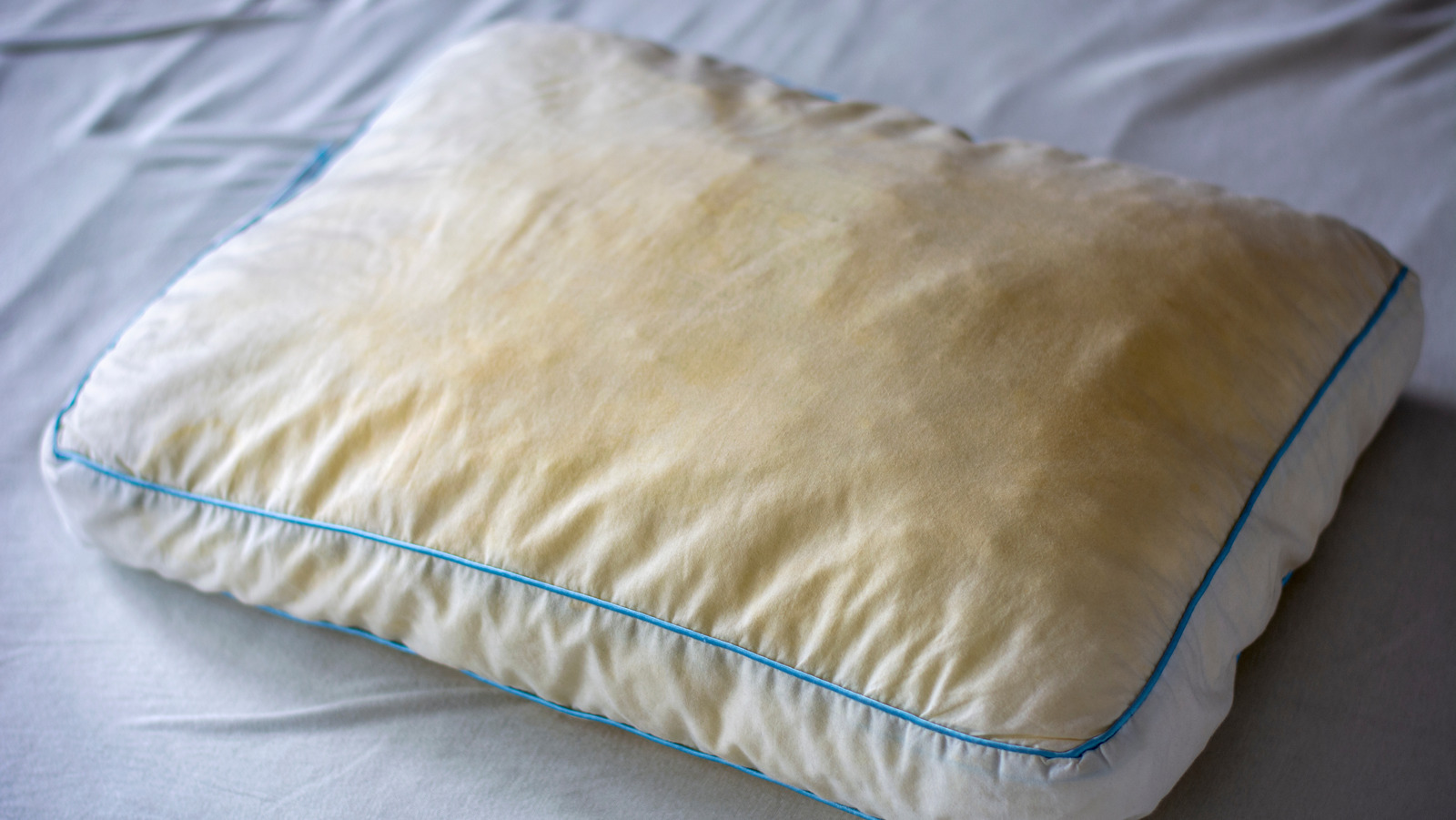
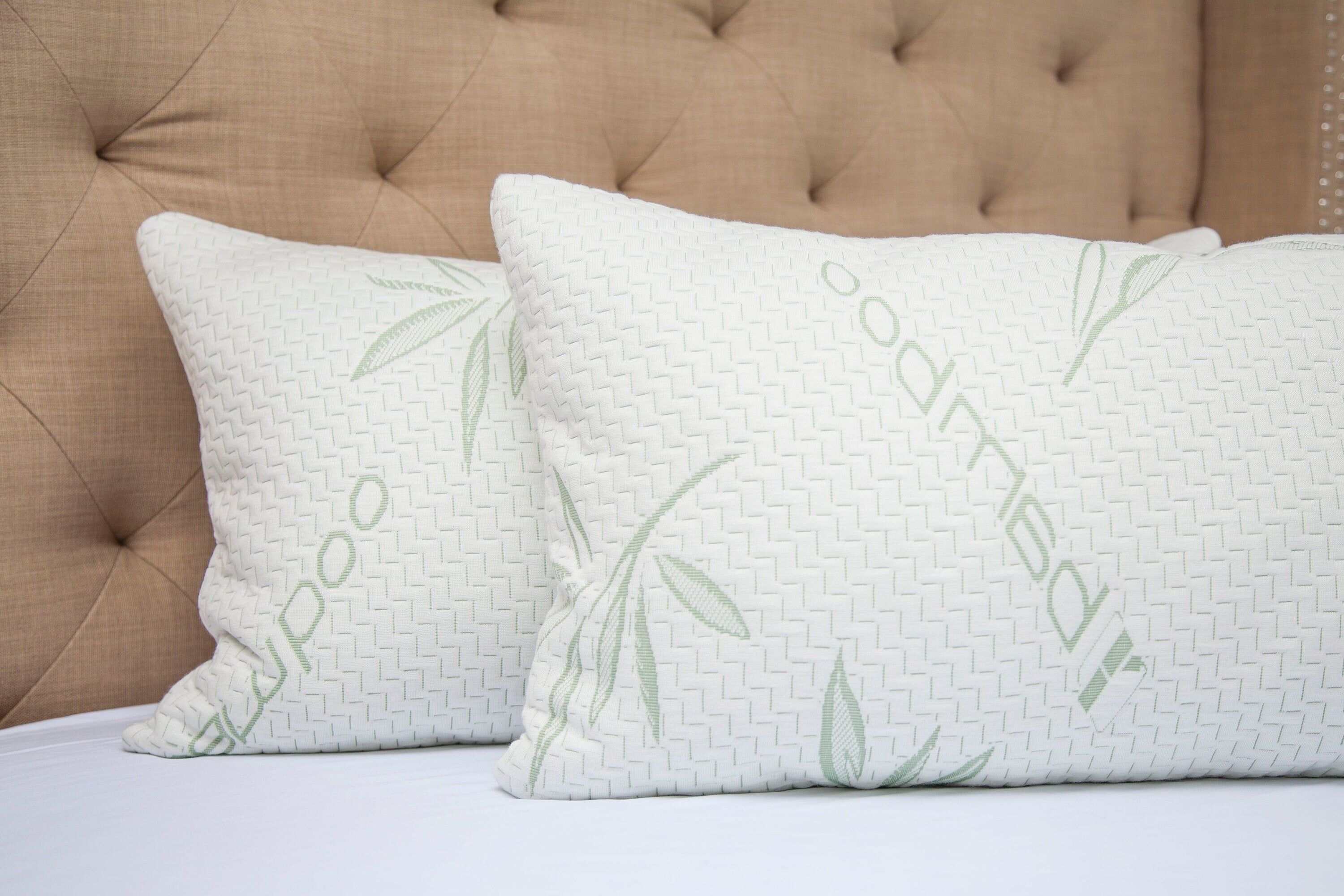
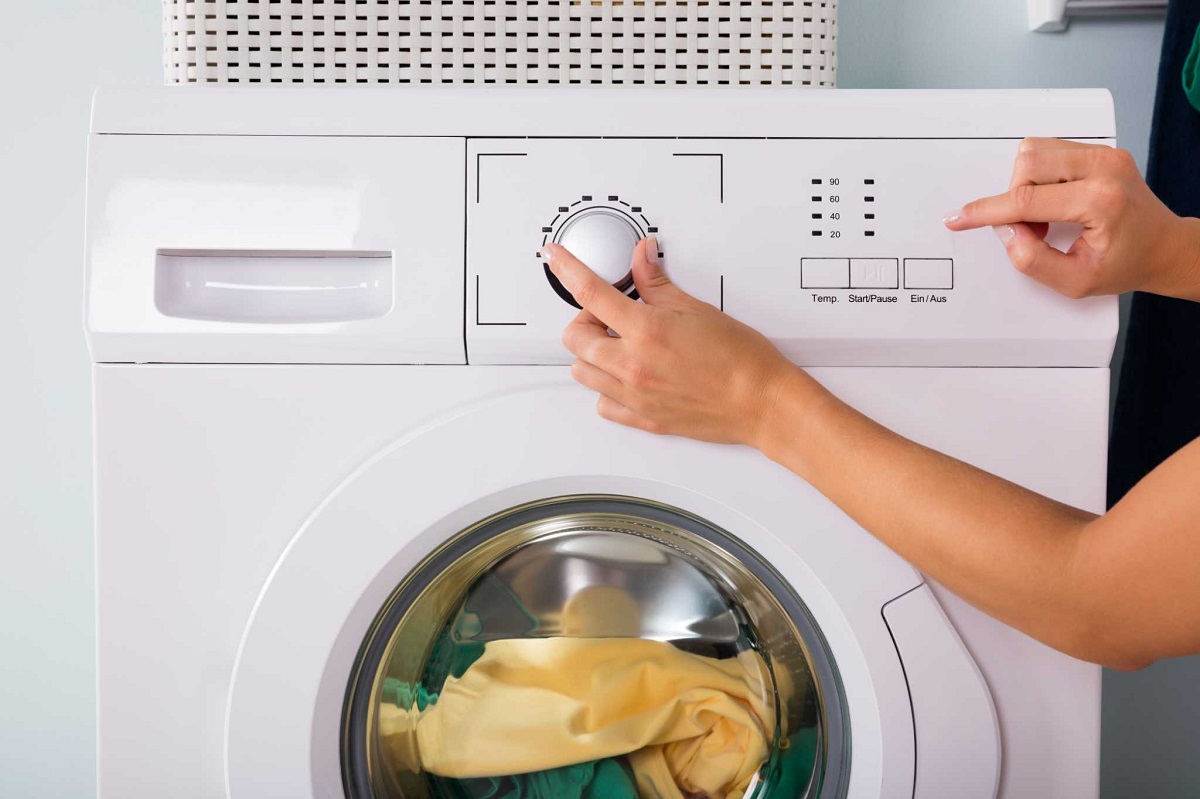
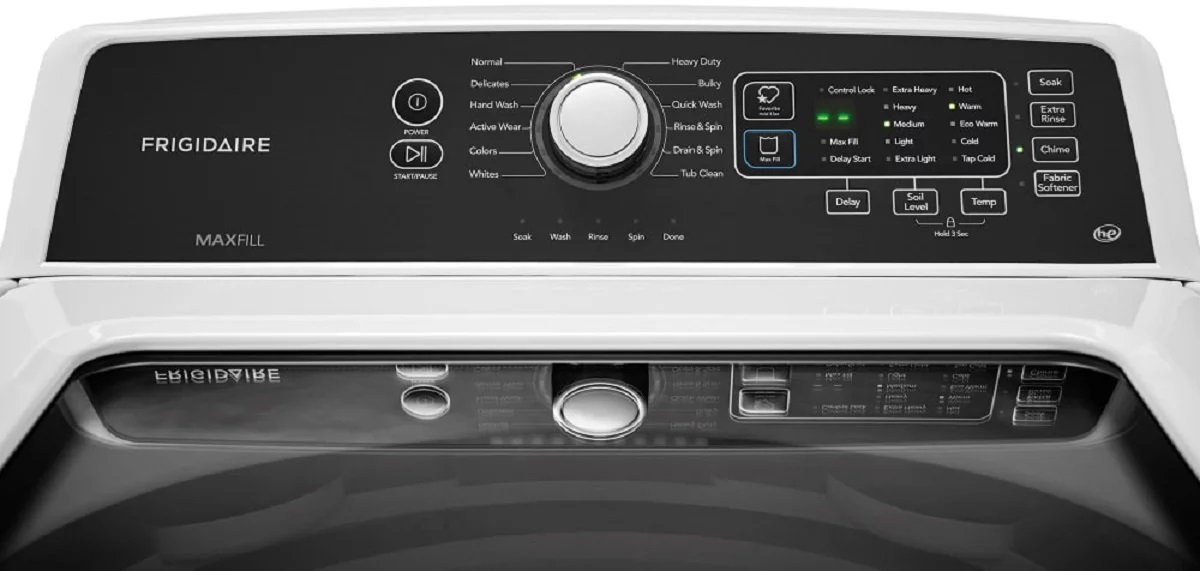
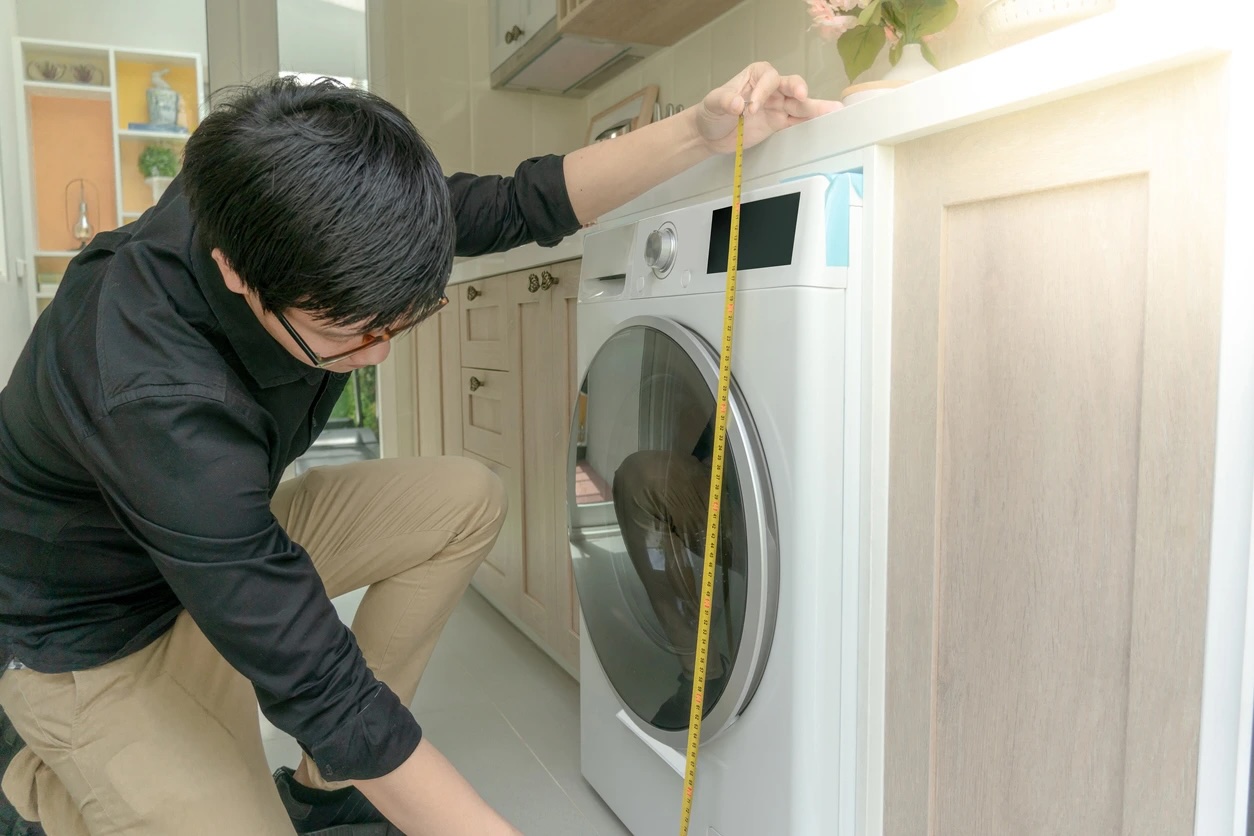
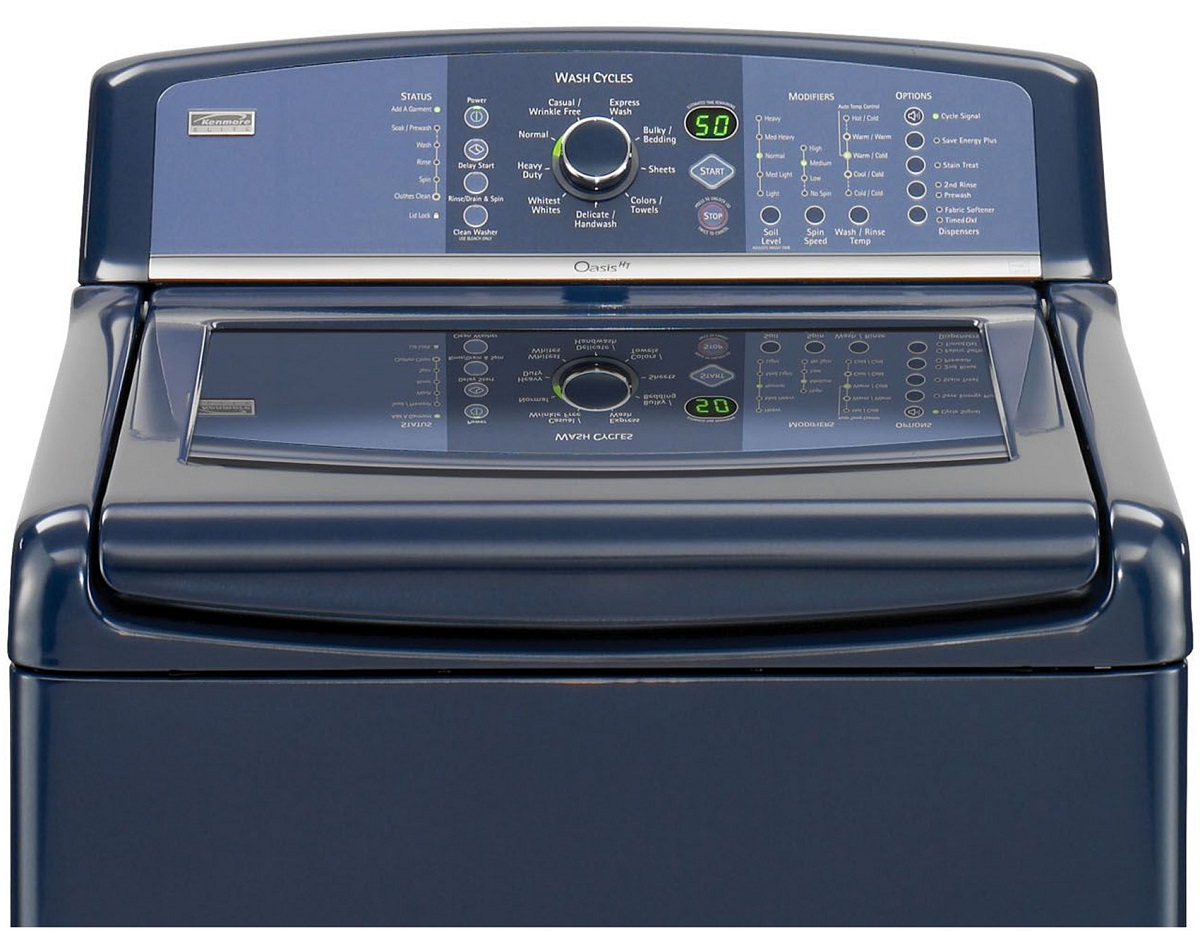


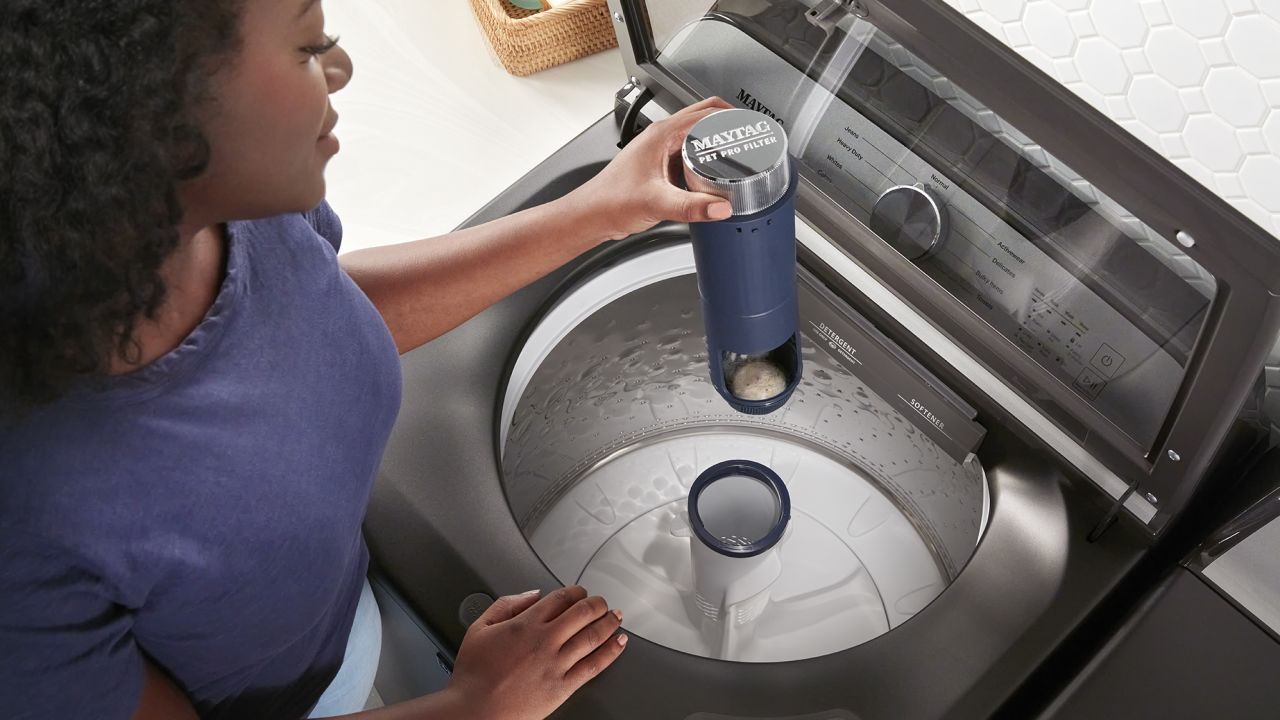
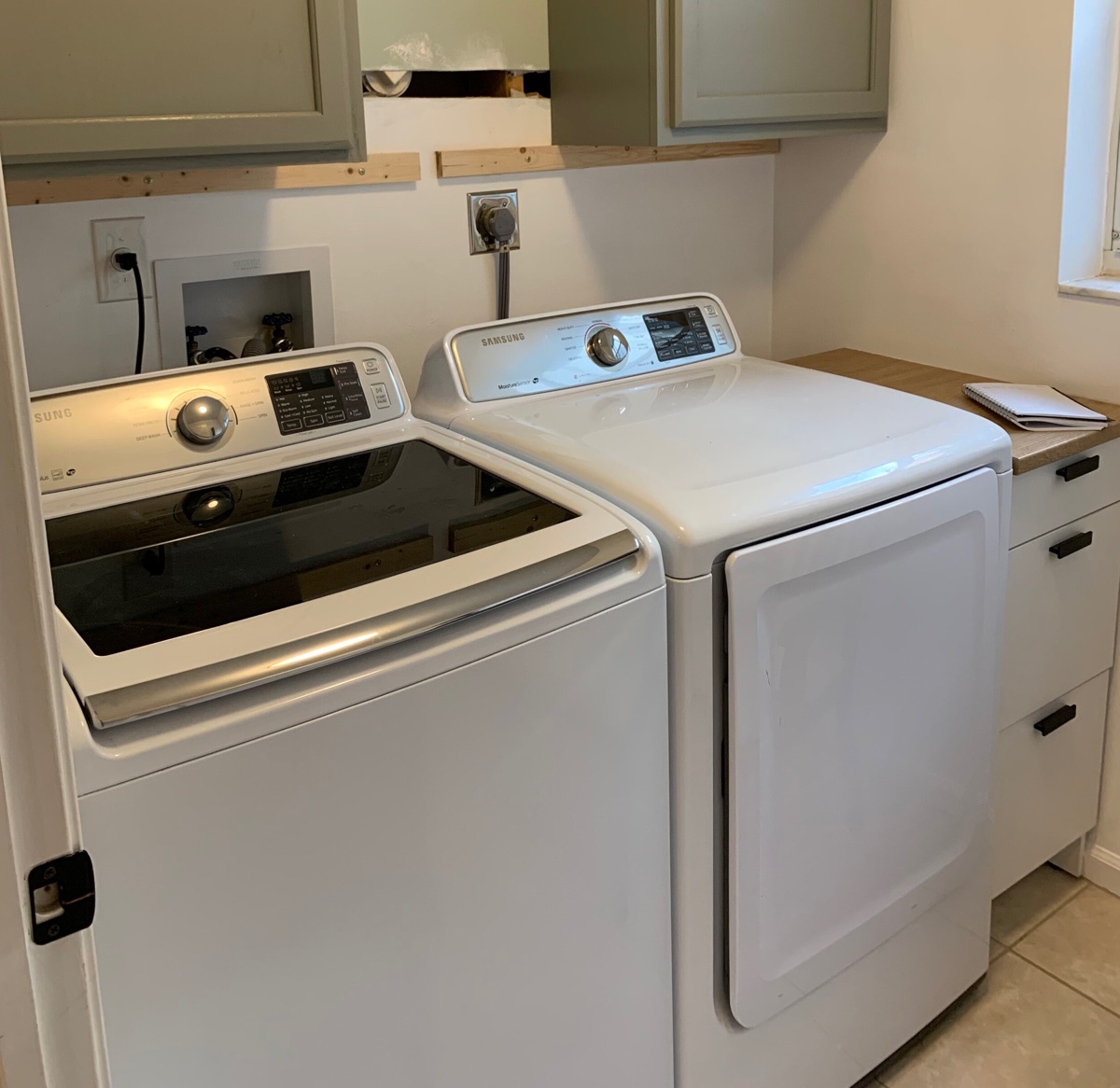
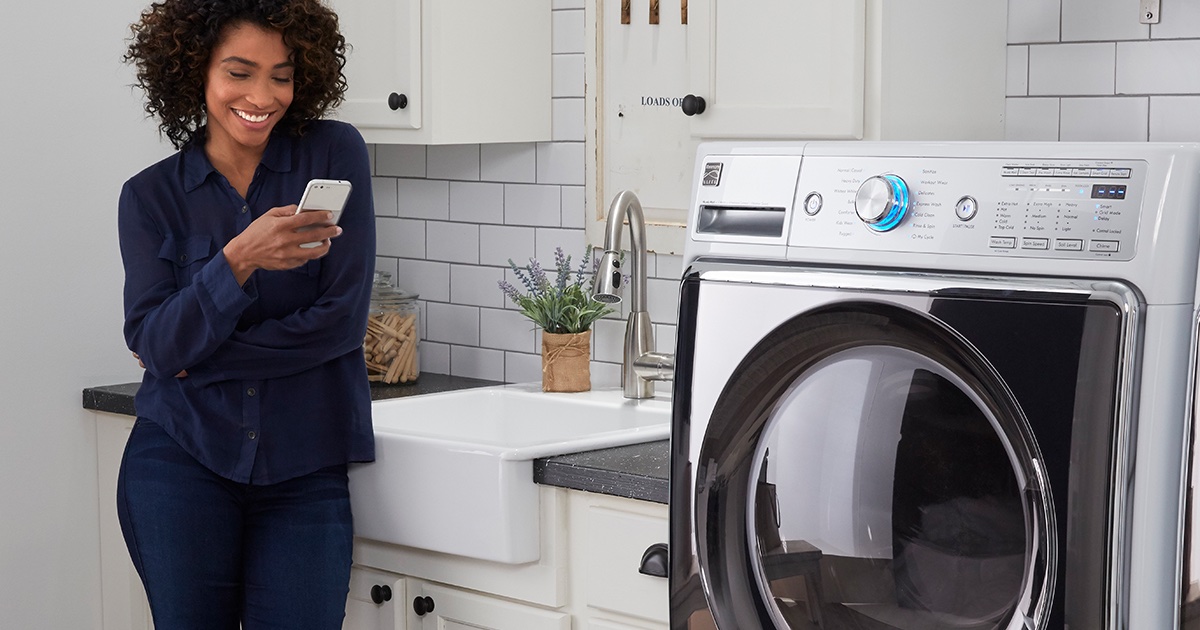
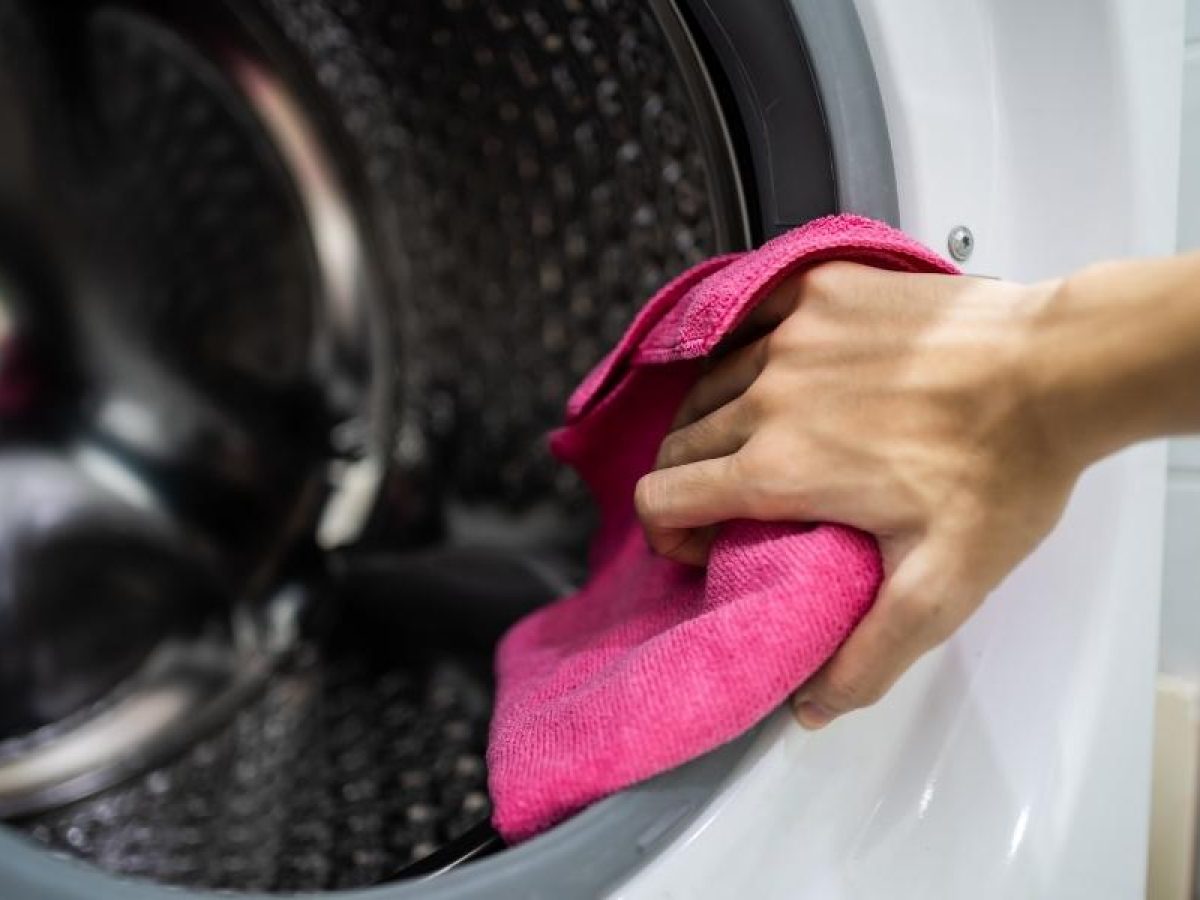

0 thoughts on “How To Wash Pillows In The Washing Machine”